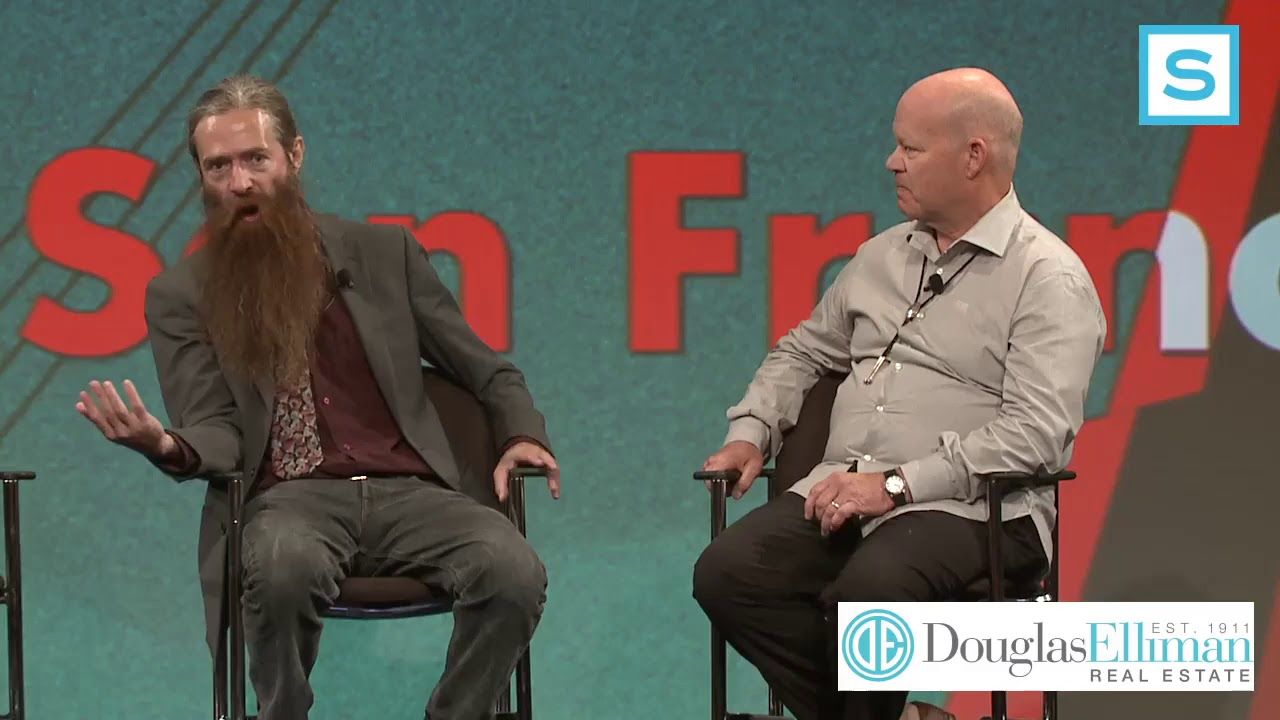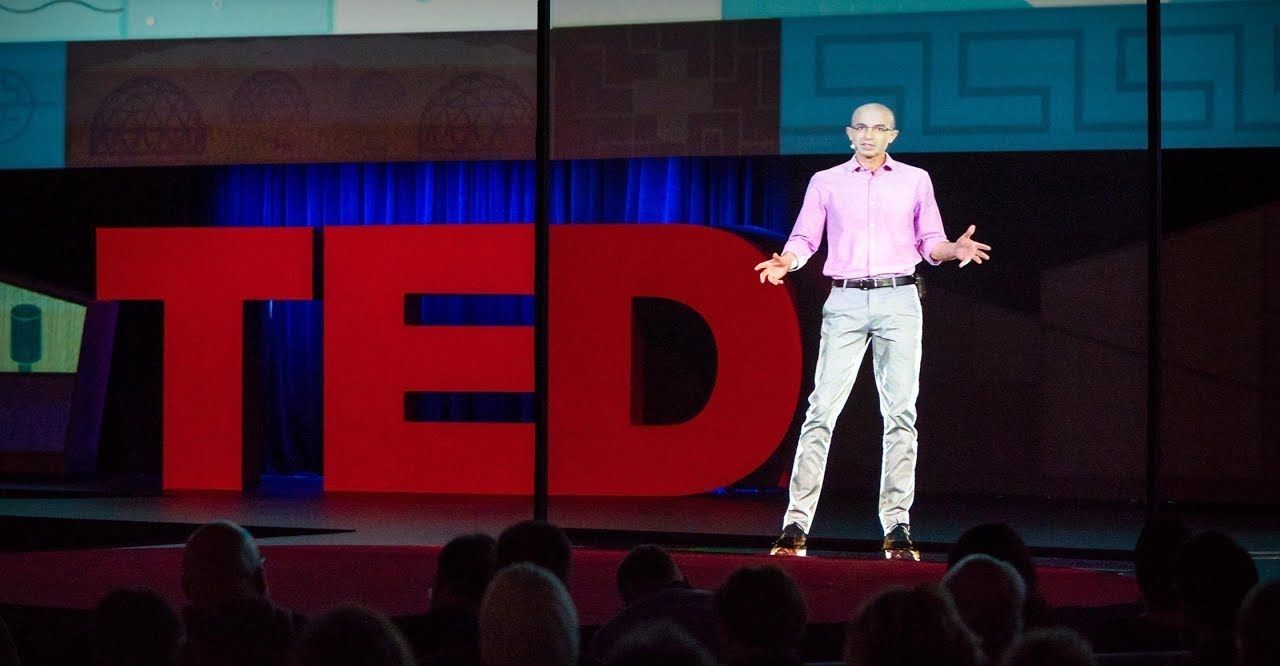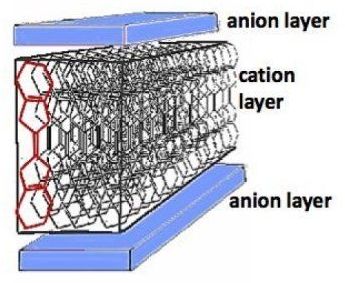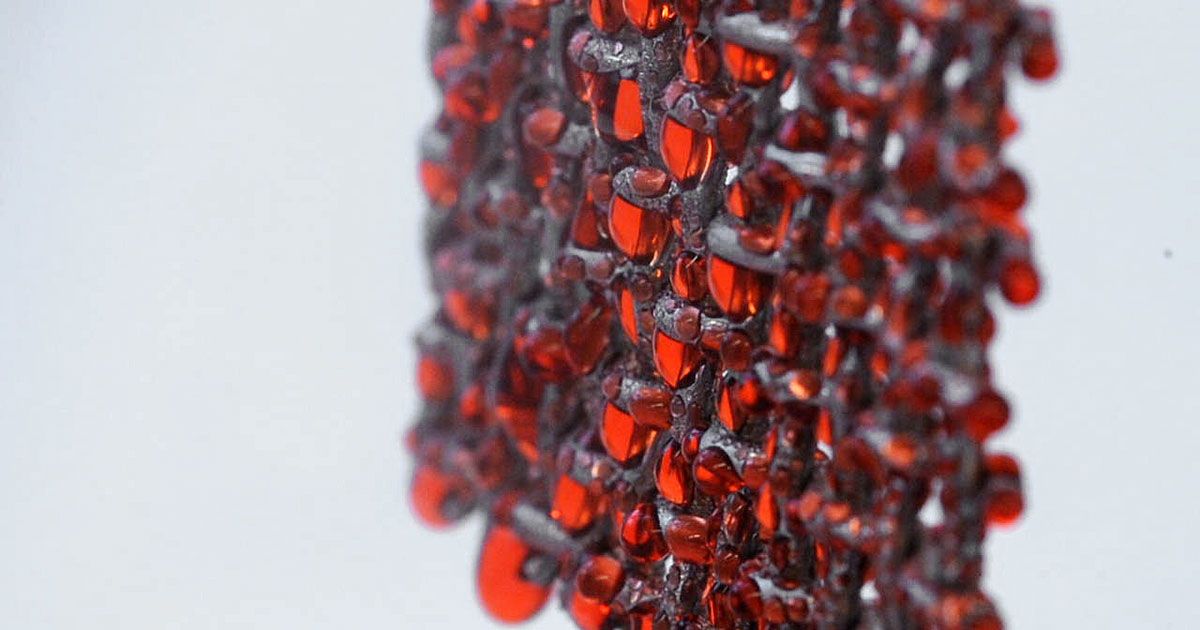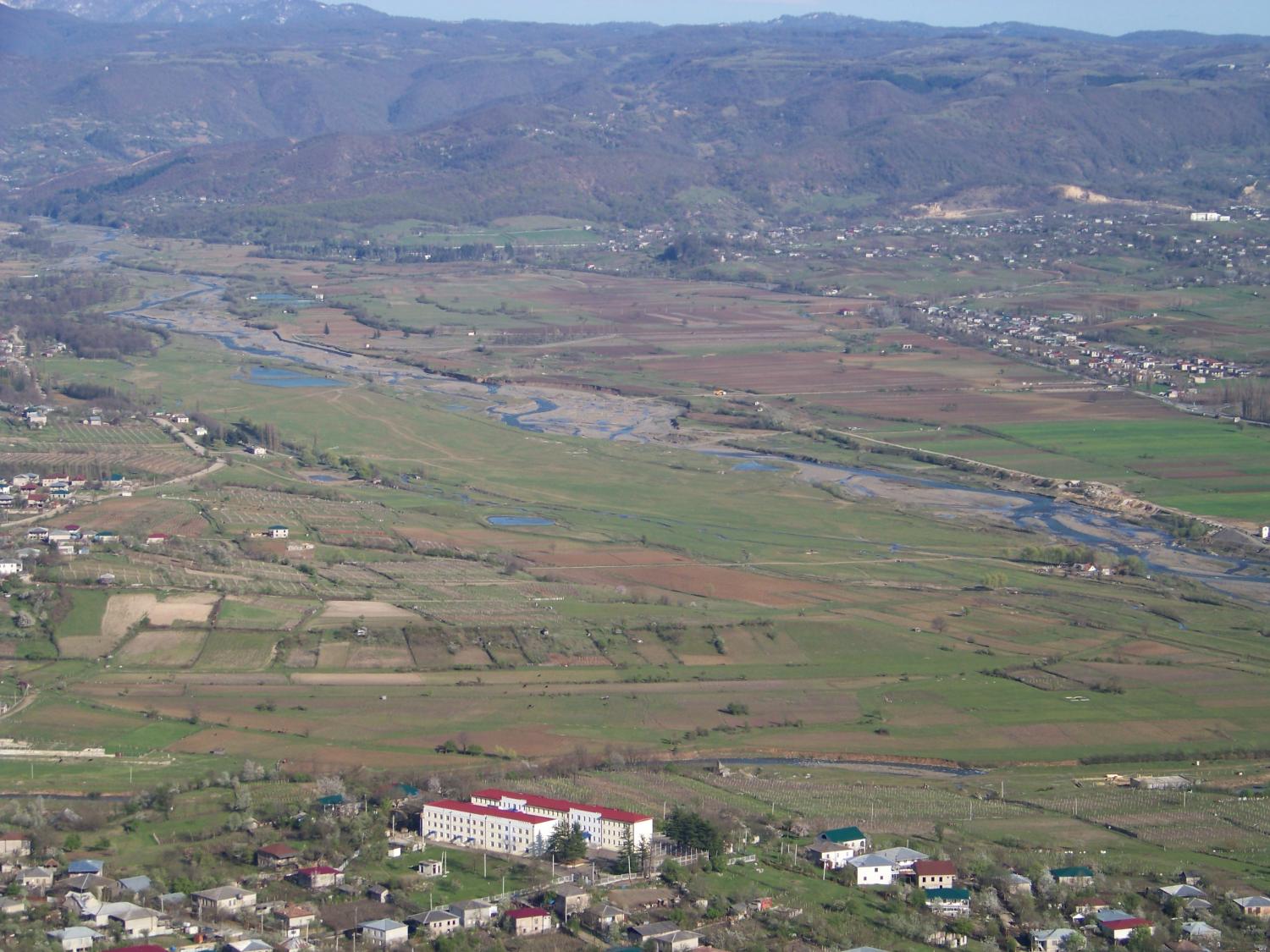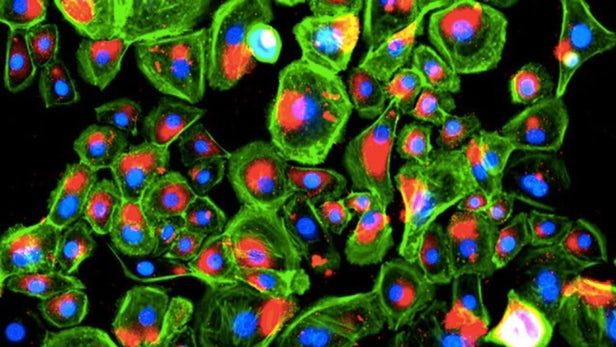
Because diabetics often have both nerve damage and poor circulation, they will often not notice when they receive skin wounds, which proceed to heal very slowly. Those wounds can thus become chronic, sometimes even leading to amputations. A new regenerative bandage, however, could help keep this from happening.
Led by Prof. Guillermo Ameer, a team from Illinois’ Northwestern University started with a protein known as laminin. Found in the skin and most of the body’s other tissues, it communicates with cells, prompting them to differentiate, migrate and adhere to one another.
The scientists were able to identify a specific segment of the protein, which plays a key role in the wound-healing process. That segment is made up of just 12 amino acids (the building blocks of proteins), and it’s called A5G81. Because A5G81 is so much smaller and simpler than the entire laminin protein, it’s much cheaper and easier to synthesize in the lab.
Continue reading “Drug-free bandage heals diabetic wounds faster” »
